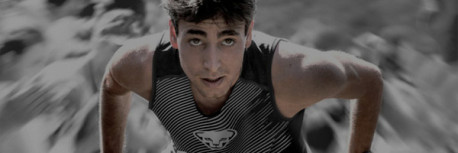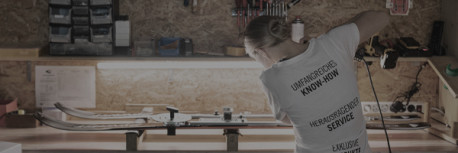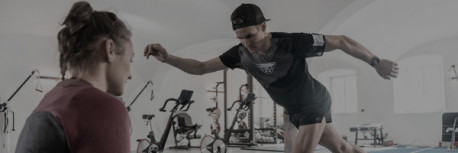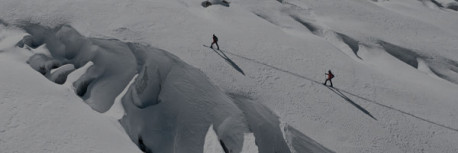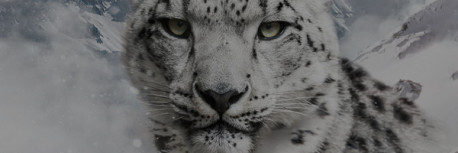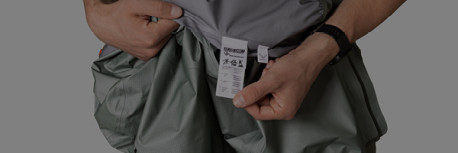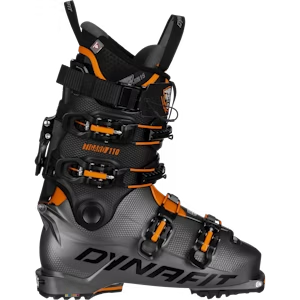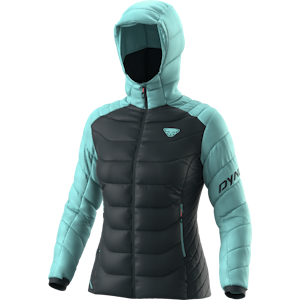The ultimate freeride tips: Here’s how you find the best powder!
Nothing is better than the feeling of making first tracks in deep untouched powder. Fresh powder kicks up into your face, skis float softly on top, and skis nearly turn themselves. But how do you find this perfect downhill, the one every freerider dreams of? We have asked our DYNAFIT athletes to find out. Our freeride pros Leah Lange, Riis Wilbrecht, and Isaac Freeland share their ultimate tips for your search for the perfect downhill as well as what you as a freerider need to absolutely pay attention to.
What distinguishes a good freeride spot?
Riis Wilbrecht: Freeride terrain can be all kinds of things – from a picture-perfect flank with perfect powder to a flat slope with snow that’s just good enough to glide across.
Isaac Freeland: For me, a good freeride spot is every place that inspires you to ski a little differently than you normally might do. A good spot often has many different sections and a good downward slope that is spot on to build up speed. It should be a place that challenges you to be either a little creative or entices you to push yourself a little outside your comfort zone.
How do you decide on a spot?
Riis Wilbrecht: There are innumerable factors in freeriding. When the avalanche risk is critical, I prefer north facing slopes and forested areas because there are fewer factors that can change snow conditions. In stable weather and on longer tours, I pay special attention to the terrain: Is the entire area visible from the top? Or are there a lot of places that I can’t quite see precisely and thus could for me be dangerous? Safety on the route and snow stability are critical. Digital maps such as FatMap or Garmin help in planning, but there really is nothing better than personally scouting on-site to assess the terrain and to take advantage of the perfect moment.
Isaac Freeland: Every region has its peculiarities, when it comes to weather and snow. Thus, it’s important to know the area well to get the best powder. Locals are a valuable source.
What is a perfect line to you?
Isaac Freeland: For me, the perfect line is long enough to incorporate varying sections or obstacles that fit together well. The upper section should be steep with a large jump, then gradually get flatter and more playful with cool transitions and a concise position on the mountain.
Leah Lange: A perfect freeride day to me means bright sunlight, cold air, scrunching snow and powder that is 1-2 days old – deep and unchanged by the sun so it feels like surfing. Also, when I get to ski a line that I have been eyeing for a while, that is just the frosting on the cake.
How do you plan your descent and what safety aspects are vital?
Riis Wilbrecht: Planning a line is one of the most exciting, but also most demanding parts of freeriding. Sometimes there are lines that we plan and then ski straight away the next day. But there are also descents that I have waited five years to ski. My companions and I analyze a flank as it relates to difficulty, length of climb, solar direction, potential avalanche trigger points and safety zones for rescue in an emergency.
Isaac Freeland: Planning a line starts long before the morning actually dawns. It is important to become acquainted with the current avalanche conditions, to have safe companions, and to know how far from help you may be. As soon as you are outside, you should check whether everything is still as planned. When there are surprises, then it is perhaps a sign to rethink your plan.
How important is it to know the terrain well, and how do you best prepare?
Riis Wilbrecht: Familiarity with the terrain is a huge advantage when it’s all about bringing speed and style to the descent. On unfamiliar terrain, there are a few tried-and-true methods to stay on course. It is vital to observe the slope from a good vantage point, to take photos, and to check the line and possible danger zones with binoculars. Pay attention on steep descents to loose stuff and glacial masses around you and select a route that orients you on ridges and rises, to keep away from these risks. Use trees, rocks, or other prominent objects as orientation points. From a peak, you should be able to find your first orientation point and then repeat your route in your head. And always keep a Plan B ready in case the snow conditions change.
What was your perfect line, and what made it so special?
Isaac Freeland: My favorite downhills are often tied to strong emotions and efforts. I don’t have one singular favorite line, but many that remain in my memory. For each one, I remember how I as a person, skier and athlete grew. Unfamiliar lines in my local area are on the list just as are descents on the Freeride World Tour.
Riis Wilbrecht: Many of my favorite downhills are on the north rim of Yellowstone National Park (USA). The terrain is unique and geologically totally spectacular. With an average of 12 meters of snowfall a year, there are a lot of steep lines and couloirs that can be skied on touring skis. One of my favorites is a line that we call “Cigs for Breakfast.” My team colleague Isaac and I saw it a few years ago from the street, but rock walls and trees blocked our view. We had the chance to ski it early in the season, and it offers the perfect mix of thrills and smooth skiing – with an awesome climb that starts directly from the front door.
Leah Lange: My absolutely favorite downhill was last spring on the Rodgers Pass (Canada). For two weeks it snowed without a break. It was spring, and we thought, it was going to get warmer. Our goal was the Jupiter Traverse and the Forever Young couloir. We had reservations that it was going to get too warm, but the day was perfect. Almost 3,000 meters of vert and a couple of breathtaking 900-meter powder lines on a huge flank with an exposed glacier. Not to mention a fantastic ridge traverse. We finished the day in the Forever Young couloir, a total classic. The special thing was that we never expected that the day would be so perfect. It felt as if it would never end.
What tips do you have for freeride novices?
Isaac Freeland: Don’t let yourself be defined by others. Neither you nor your ski style! Freeriding stemmed from breaking away from the normal. Get out and have fun!
Riis Wilbrecht: Freeriding is a result of many long years of experience. The first step is to get comfortable on piste with your gear and to learn it well. When you dare to head into the backcountry or off piste, it is essential to have basic training in avalanche awareness and rescue techniques. You are responsible for the risks you take on when freeriding. An ambitious but realistic approach is the best path for having fun. Freeriding is not always a cakewalk – sometimes the tours are long and strenuous days. But the more you work on it, the more approachable it is. And don’t forget to smile, too!
The hunt for powder is now on!
Have the tips and experiences of our athletes inspired you, but you don’t have the necessary gear yet? With our descent-oriented Tigard collection, you are guaranteed first tracks, and you can savor a well-earned downhill to the fullest. First up – First down.
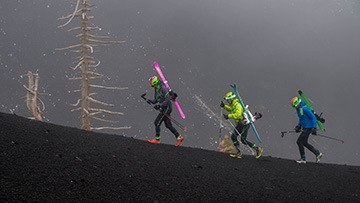
Etna Speed Rush
Read more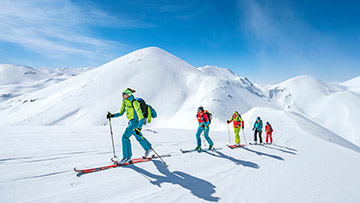
Ski Touring Crete
An experience report about an exotic ski touring trip to Crete, endless snow-covered expanse in the Lefka Ori mountains and Greek hospitality.
Read more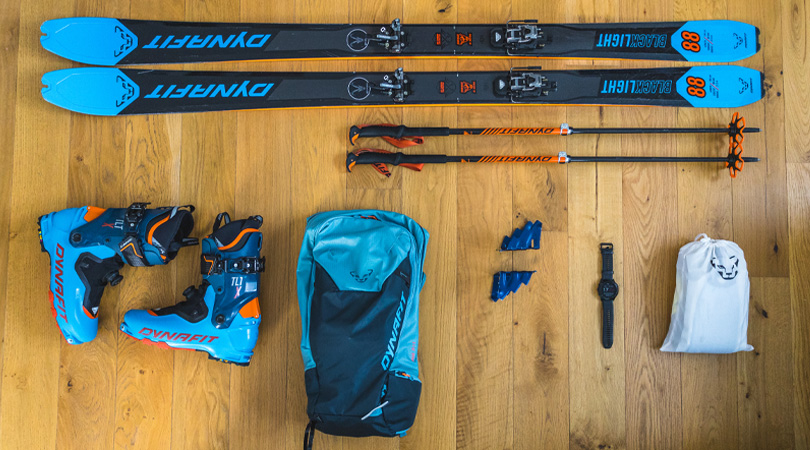
What's inside my skimo pack?
Are you planning a ski tour? Our packing list will help you optimize your preparation. From the right equipment to key essentials, you will find everything you need for the perfect ski tour.
Read more

